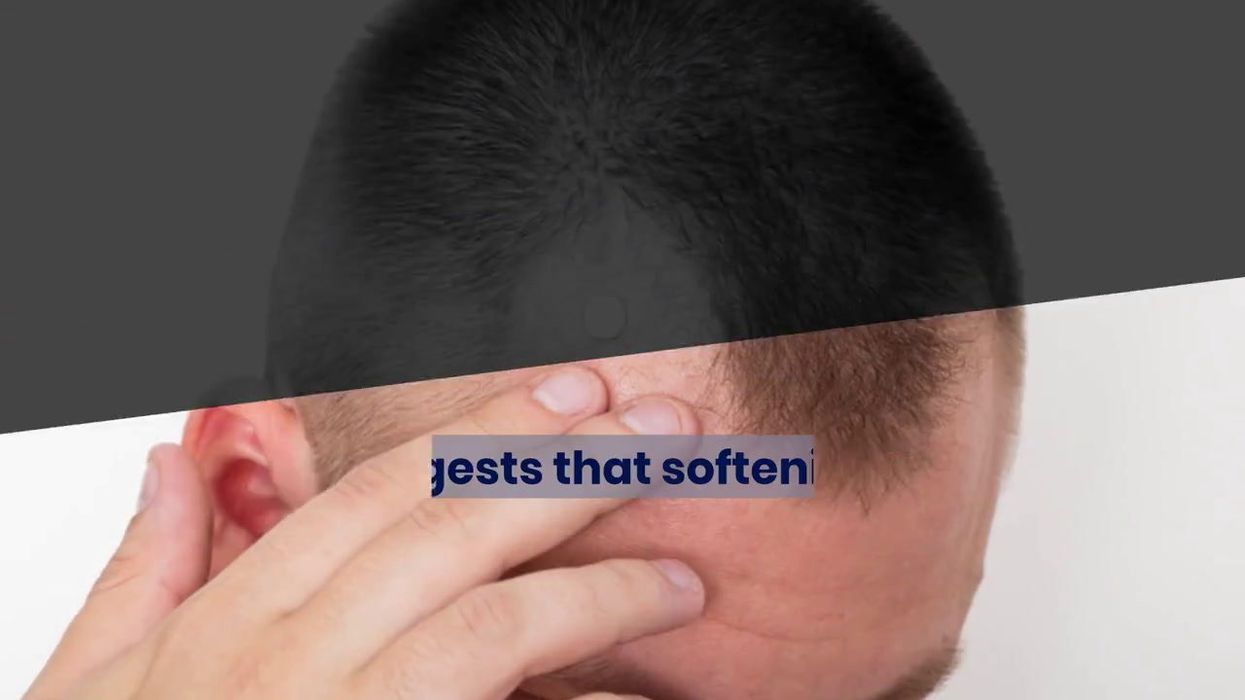Becca Monaghan
Jun 24, 2023
New Hair Loss Treatment May Reverse Baldness
content.jwplatform.com
A new study has revealed a possible cure for baldness – and it's down to the molecule that prompts hair growth from a mole.
Researchers at the University of California found that the molecule known as osteopontin creates small "hair follicles to activate their stem cells for robust growth of long and thick hairs."
Maksim Plikus, UCI professor of developmental and cell biology, delved into the theory and the possibility of creating thick hair on the head.
"Nature essentially performed the most important experiment for us already: In millions of people, there are hairy moles that have increased osteopontin," he told Fierce Biotech.
"I see what we did as reverse-engineering nature’s experiment, and for this reason, I’m pretty excited that osteopontin really could be relevant to hair loss therapy," Plikus said.
Sign up for our free Indy100 weekly newsletter
The study involved mice with pigmented spots that "had hyperactivated hair stem cells and displayed accelerated hair growth, strongly resembling the clinical observations documented in human hairy skin nevi."
When molecular interaction between osteopontin and CD44 occurred, researchers found stem cells had become activated and resulted in hair growth.
The findings "provide qualitatively new insights into the relationship between senescent cells and tissue’s own stem cells and reveal positive effects of senescent cells on hair follicle stem cells," author Xiaojie Wang, UCI associate specialist in developmental and cell biology, said in a news release.
"As we learn more, that information can potentially be harnessed to develop new therapies that target properties of senescent cells and treat a wide range of regenerative disorders, including common hair loss."
Plikus and the team are now planning forward for clinical trials on humans this summer. It will involve osteopontin and other proteins injected into the scalp.
Have your say in our news democracy. Click the upvote icon at the top of the page to help raise this article through the indy100 rankings.
Top 100
The Conversation (0)














